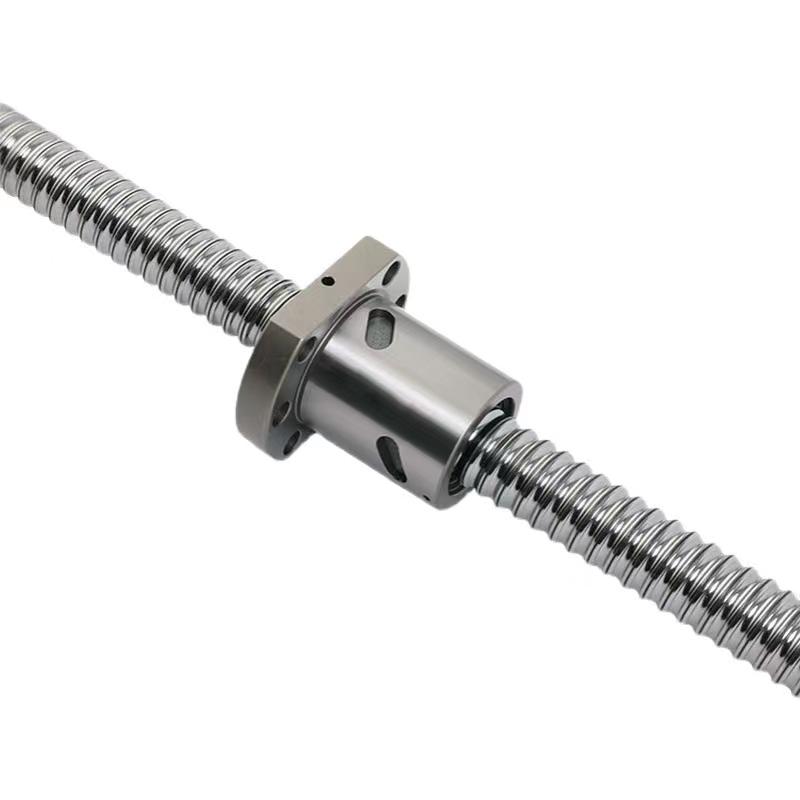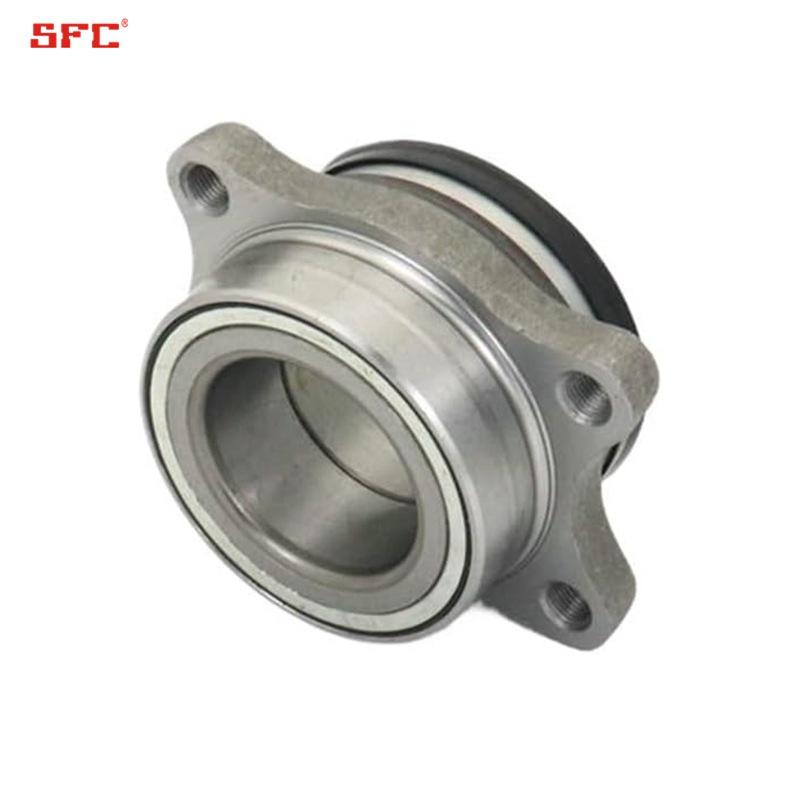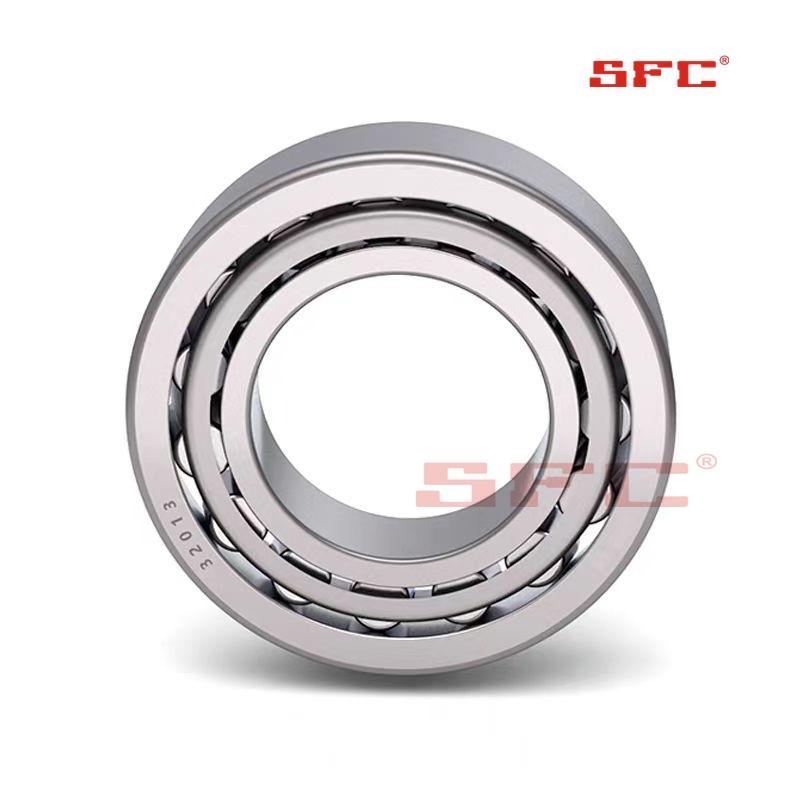Practical Methods for Bearing Selection
Reasonable selection of bearing models is crucial for performance and cost control in equipment design and maintenance. Through systematic judgment, applicable products can be quickly matched to avoid resource waste caused by improper selection.
Select type based on load
When the load is less than 1 kN, deep groove ball bearings are an economically viable choice, reducing costs by about 40% compared to other types. For heavy-duty applications with loads exceeding 10 kN, tapered roller bearings are more suitable and can effectively counteract the combined radial and axial forces
Determine the structure based on the rotational speed
When the operating speed is below 500 rpm, a cast iron cage with good temperature resistance can be used. If the speed exceeds 10000 rpm, it is recommended to use a ceramic cage to reduce the influence of centrifugal force and improve high-speed stability. The applicable range can be determined by the DN value (bearing inner diameter x speed).
Consider actual working conditions factors
Vibration environment: In equipment with high vibration such as crushers, fans, pumps, etc., the selection should be based on the corrected load. The formula is: Basic rated dynamic load C ≥ actual load x vibration coefficient. Common coefficient reference: crusher takes 3.0, fan takes 1.5, and pump takes 1.2.
Temperature conditions: Conventional lubricating grease can be used when the working temperature is within 80 ℃; If the temperature continues to exceed 150 ℃, a bearing structure with a heat dissipation groove design should be selected to enhance the heat dissipation capability.
Cost optimization suggestions
When the price of imported bearings is more than 2.5 times that of similar domestic products and the operating coefficient is less than 1.8, domestic alternative solutions can be considered. In addition, excessive configuration should be avoided: for example, P5 level high-precision bearings used in ordinary motors belong to performance redundancy, which increases unnecessary procurement costs; Using sealed bearings in a clean environment can also increase maintenance costs due to the inability to replace lubricating grease, and long-term operation may result in additional losses of thousands of yuan per year.
This method simplifies the selection process by layering parameters and overlaying working conditions, and is suitable for mechanical design, equipment maintenance, and technical support personnel. Free selection templates are provided to assist users in efficiently completing bearing matching.




